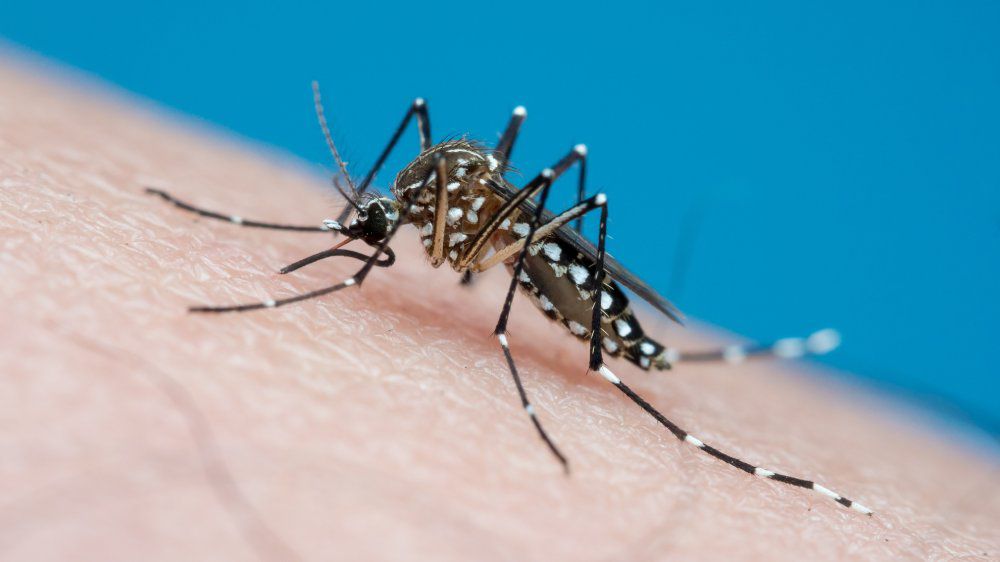HONOLULU — The Hawaii Department of Health announced an individual from Oahu who traveled to an area where dengue is prevalent now has the virus.
This is Hawaii's sixth confirmed travel-related dengue case this year — one was on Maui and five were on Oahu. DOH reported another travel-related case just last week. Multiple regions around the world where individuals have traveled are experiencing higher-than-normal dengue activity.
Dengue symptoms may include fever, nausea, vomiting, rash, and body aches. Severe symptoms are more likely in someone who has been previously infected with dengue.
According to Hawaii DOH, most people recover in about a week.
If anyone has recently traveled to an area where dengue is common and is experiencing these symptoms, Hawaii DOH urges them to contact their health care provider.
To transmit dengue fever, a mosquito must first bite a person infected with dengue, and then, after five to seven days, the virus develops in the mosquito and can spread when the infected mosquito bites another person.
Hawaii DOH staff from the Vector Control Branch inspect areas with confirmed dengue cases and take mosquito-reducing action to lessen the chances of dengue being transmitted to others in the area.
Mosquitoes only need small amounts of standing water to breed, so it's good practice to get rid of water in buckets, water-catching plants such as bromeliads, small containers, planters, rain barrels, and cups left outside.



